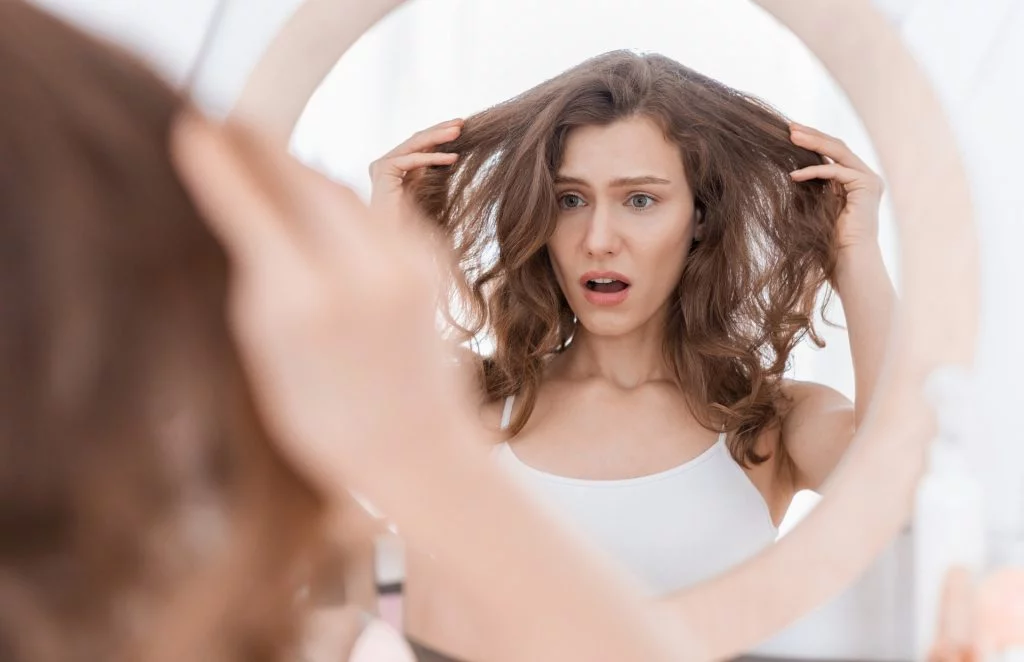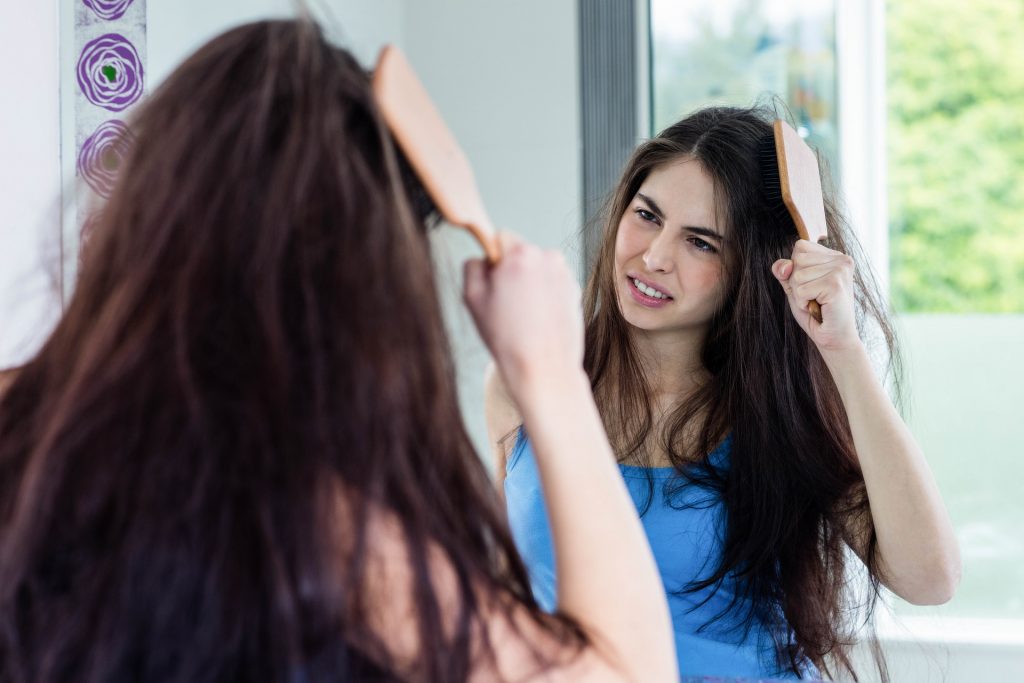Hair follicle testing has taken root as means to determine drug usage that may not show up in urine tests. As with any DNA testing, the sample must be pure and belong only to the person that is being tested.
Chain of custody rules for hair follicle testing
In this regard, a clear chain of command must be shown from subject to laboratory for a valid test result to be obtained. The top 5 chain of custody rules for hair follicle testing are as follows.
The first chain of command custody rule is that each sample be clearly labeled with the person it was taken from, the date and time it was obtained, where it was obtained and the signature of the person who gave the sample. This is used to establish where the sample originated from.
The second chain of command custody rule is that the person taking the actual sample must sign and seal it. Usually, this person is certified in the correct handling and sealing procedures required for any legal cases. The signature and the seal are critical in presenting a pure and uncontaminated sample to the laboratory. This is where the custody actually begins.
The third chain of command custody rule is that every person who handles the sealed hair follicle sample must provide a signature. This is to trace the delivery route from testing site to actually laboratory. The sample may go through several people before its delivery and each individual person must provide accountability for the sample stating that it has been received.
The fourth chain of command custody rule is that the laboratory receiving the sample is authorized by the NIDA and SAMSHA. SAMSHA is the Substance Abuse and Mental Health Association. It has its own certification program for laboratories with specific rules that have to be followed regarding hair follicle testing. Only authorized laboratories can provide the results that are usable in a legal situation.
The fifth chain of command custody rule is that the laboratory receiving the particular sample verifies the seal is intact on the hair follicle sample after receipt. An unsealed hair follicle sample is invalidated by the laboratory and yields no usable results. It is assumed by the laboratory that the unsealed sample has at some point been contaminated and the results are invalid.







